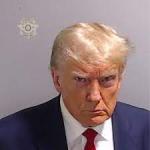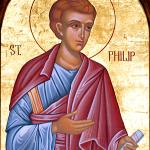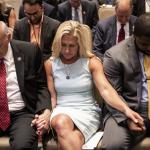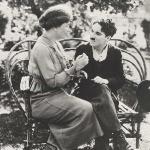Do American military chaplains need to believe in God? Or, as the Navy Times once asked, “Who supports the atheists in the military?” These questions attracted renewed attention this year after the Army formally recognized humanism as a religious preference for soldiers in April, and the Navy rejected the application of a humanist chaplain to join its ranks in June. The issue of how to meet the needs of non-theists in the military is neither new nor incidental. Rather, “who supports the atheists” is a question that has vexed the military for the better part of a century, as the U.S. tries to determine how to best serve a religiously diverse population.
More recently, a growing percentage of the military population has identified as non-theist. A 2012 Pentagon survey found more than 13,000 atheist or agnostic personnel, along with 276,000 troops (nearly a fourth of all personnel) who claimed no religious preference—a proportion of whom may also be non-theist. Since 1993, the chaplaincy has welcomed Muslim, Hindu, and Buddhist chaplains, but Christians still comprise more than 90 percent of the current chaplain corps. For humanists, atheists, and their allies, the absence of any representative leaders within the chaplaincy remains a significant problem as it leaves them without any official support.
The military chaplaincy is as old as the nation itself, but its recognition of and commitment to ecumenism and pluralism developed slowly over the twentieth century. When the U.S. entered World War I in April 1917, only mainline Protestants and Catholics served as military clergy. Six months—and a successful lobbying effort—later, Congress formally opened the chaplaincy to Christian Scientists, the Eastern Orthodox, Jews, Mormons, and the Salvation Army. Military demobilization after the war ended may have thwarted this tentative step toward a more religiously inclusive military, for only a small percentage of chaplains remained in the peacetime armed forces. The 1920 National Defense Act granted the chaplaincy organizational autonomy and permanent leadership in the form of a Chief of Chaplains. Buoyed by positive feedback about interfaith cooperation in the midst of war, the chaplaincy embarked on an expansive effort to define and refine its work in times of peace.
In 1926, the Army convened an array of military, civilian, religious, and lay leaders for a “Pan-Denominational Conference” on the moral welfare of soldiers. The invitation list was extensive, spanning numerous denominations, crossing the color-line, and bridging political differences. But one group was explicitly not invited: the American Association for the Advancement of Atheism (AAAA).
Read the rest here















